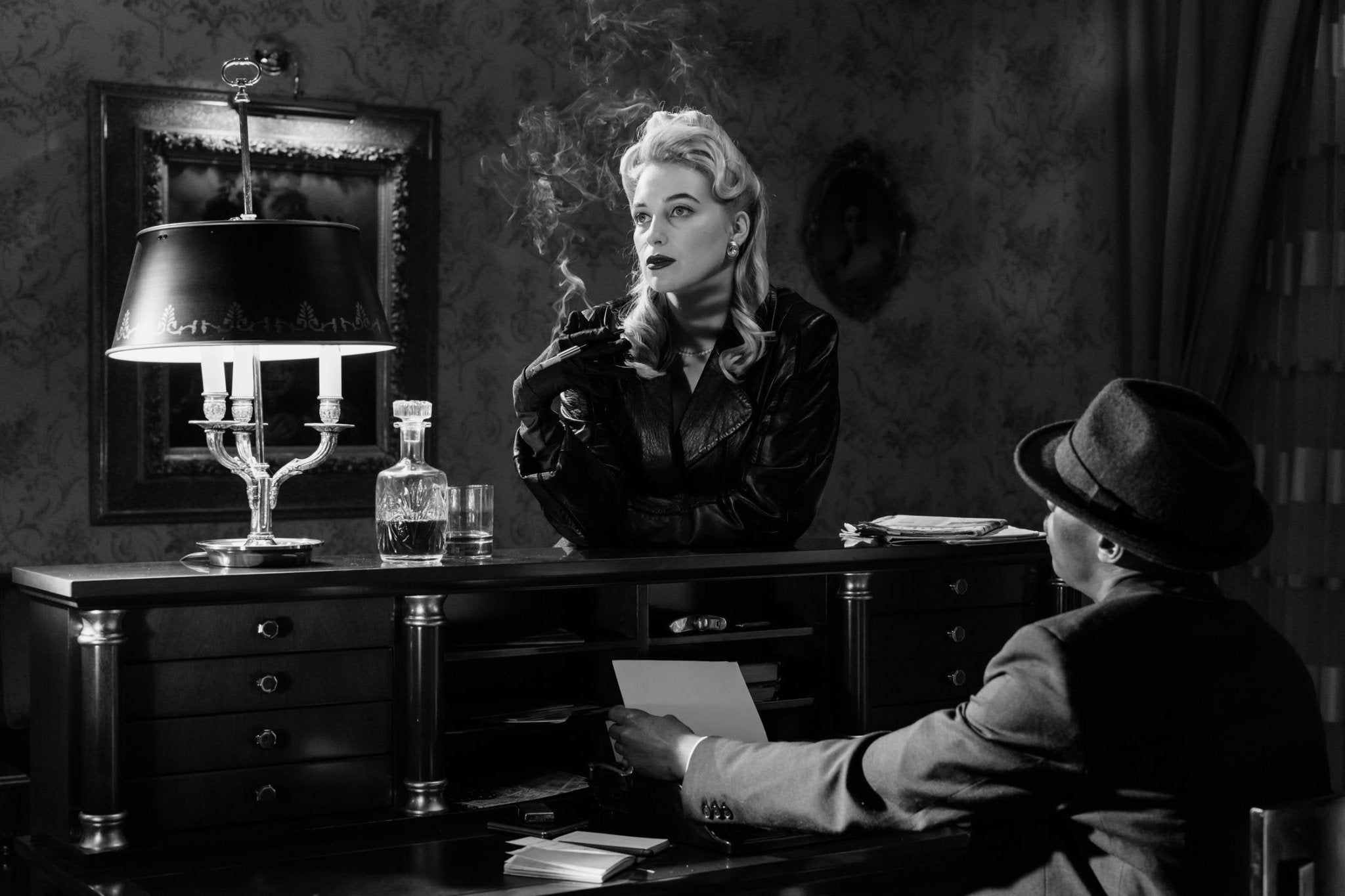Do you want your video to appear as epically professional as possible? It's tough, but here are some pointers to assist you in getting more cinematic footage.
We've all had that experience. You're watching a movie or TV show and see a fantastic shot. How difficult could it be to duplicate that? Right? You set up your camera and start filming, but the result doesn't seem like a true cinematic genius when you're wrapped for the day. How come? Learning to make cinematic videos may be more complicated than you think, but don't worry. It's not impossible. After all, Orson Welles said he learned everything he needed to know to make Citizen Kane in only 45 minutes. The cinema tools aren't difficult to master, but *how* to use them to better tell your cinematic story… Well, that's the tricky part.
This article should get you on the right track to start thinking like a filmmaker and thus putting yourself in the right headspace to create more "cinematic" images.
How to Make Cinematic Video:
- Give Thought to Your Images
- Shoot & Edit in 24 Frames Per Second
- 180-degree Shutter Angle
- Pick a Purposeful Aspect Ratio
- Music - Pick Some Great Tunes
- Move the Camera – But Only When it's Motivated
- Develop Your Skills as a Color Grader
1. Give Thought to Your Images
Why are these the images you're capturing, and are you using the right equipment for the job?
Before you start filming, one of the simplest things you can do is prepare, plan, and plan some more. Things won't turn out well if you just grab your camera and press the record button. Believe it or not, you don't have to wait until the day of the shoot to begin thinking about and designing your shots. Will it be a shallow depth of field, or will you be filming in direct sunlight? – This means that you either have to close down your aperture or use an ND filter to capture that creamy background in such an overexposed environment.
It sounds funny, but thinking is one of the most essential parts of cinema. You're not just a shooter. You're a designer and a storyteller.
2. Shoot & Edit in 24 Frames Per Second
This is ultimately an arbitrary rule, but an important one. 24 frames a second became the industry standard when sound entered movie making. The least amount of frames (and therefore film stock) could be used to synchronize the recorded audio of dialogue to the actors' mouths. BUT… it's the framerate we've been watching now for over 100 years. It mimics motion blur similar to how our eyes perceive it, and it's one of the fundamental and subconscious technical decisions that make "cinema" feel like cinema.
3. 180-degree Shutter Angle
Some people may be unsure what a "shutter angle" is, but it's similar to "shutter speed." A shutter angle of 180 degrees implies that your shutter speed is twice that of your framerate. When you shoot at 24 FPS, your shutter speed should be 1/48. Again, this has a lot to do with making motion in-camera look like it does to the human eye, and it's a look that has become synonymous with proper movie-making.
4. Pick a Purposeful Aspect Ratio
It boils down to "real films" once again. The aspect ratio of a big-screen movie is 2.35:1, and your computer screen is 16:9, maybe 16:10, depending on its size. Even if you have to fake it with a crop, converting your film from a "standard" widescreen to the ultra-wide experiential aspect ratio of big movies helps immerse the viewer.
5. Music - Pick Some Great Tunes
Music is so essential to making your footage "sing." Music is very emotional and can put your audience in the right mood and mindset. Be careful not to use it as a crutch, as not even the best song can save a bad shot. And be cautious when looking for music. Some of it can be very expensive, and free alternatives usually don't capture the atmosphere you're going for. Consider helping out a fellow artist and collaborating with a musician or composure.
6. Move the Camera – But Only When it's Motivated
Dollies, tripods, jibs, cranes, and gimbals are all expensive equipment that filmmakers use to move their cameras. You don't need to spend money you don't have, and it isn't necessary to shoot a cinematic video on a budget. And it simply boils down to thinking before shooting.
The goal is to achieve smooth, gradual, and deliberate motions. Learn how to take cinematic photographs like the big boys using a fluid-head tripod or a budget gimbal.
7. Develop Your Skills as a Color Grader
The last suggestion is to color correct your footage until you can afford a colorist. Have you ever noticed how films like The Matrix prefer the color green, or old wild west movies have a more yellow-brown tint? While color grading and correction are distinct industries in and of themselves, even if you're not an expert in editing software (programs like DaVinci Resolve), you can improve your footage by learning the basics.
Overall, the goal is to get as much right IN-CAMERA as possible. Editing software has come a long way in terms of sophistication and affordability, but if you want to be shooting like the pros, do your best to create thoughtful images with your most important tool: the camera.
Oh, and a little tip: watch and learn from the films you love. Sometimes creating cinematic footage is a process of reverse engineering. Watch a scene you love, deconstruct it, and then build it back up all over again, but this time it's unique to your vision as an artist and craftsperson.
Related article: Best ISO for Video
Related article: Best Camera Settings for Video
Related article: Nanlite Video Lights Review












